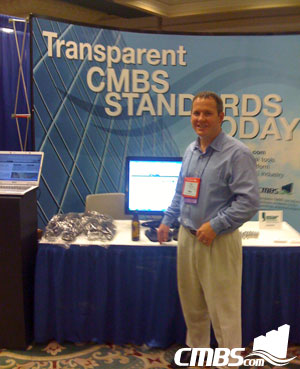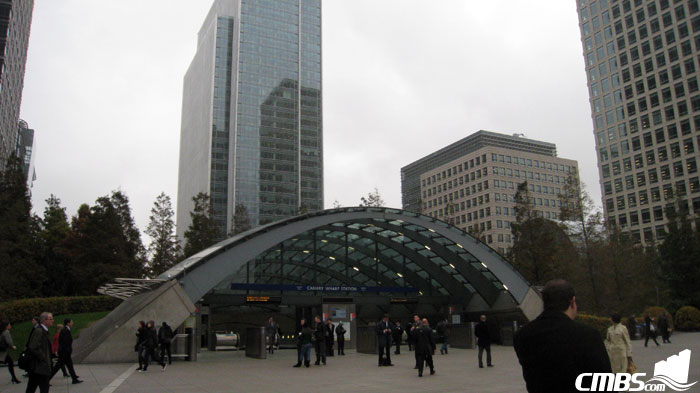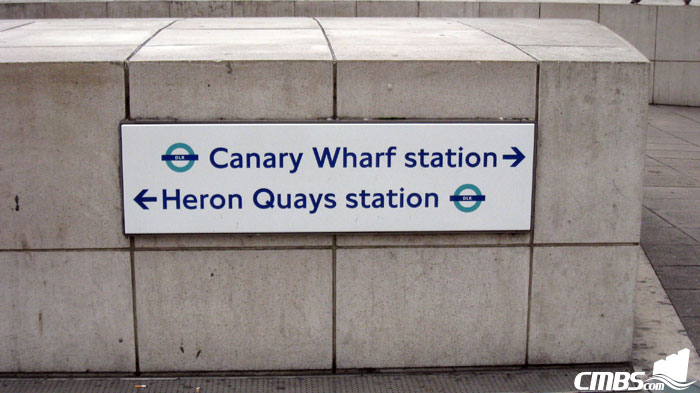I just returned from the MBA’s annual Commercial Real Estate Finance (CREF) conference in San Diego. While we were there, the government announced $100 billion from the new bailout plan would be used to provide leverage to investors in AAA CMBS. Most people at the conference were excited. Personally, while I welcome government leadership on a host of issues, I disagree with this strategy.
Do we need to use taxpayer money to provide debt to boost the bond yield for investors in AAA CMBS? The bonds are already trading at 15% pay rates — how much more juice do these guys need!?!
A better idea
So, we came up with a better idea: Let’s take $20 million instead of $100 billion.
In San Diego we talked about the real issues, and the solutions required to fix them. I believe, along with others, investors would come back to CMBS and spreads would tighten if the investors had the information and tools to model the underlying real estate risk.
For sure, no one knows what lease rates and cap rates to use in this economy. But, if IRP 6 went live and full operating statements and rent rolls were included in the XML file, the data would be available to run a bottoms-up underwriting, and the debate could move to lease and cap rates instead of the black hole we have now. That would eventually bring in spreads and spur new lending because the risks would be understood.
Debating the merits of, and even complying with, IRP 6 was a main topic at the conference — particularly among the master servicers. Their official position seemed to be that they would comment on IRP 6, but they wanted infinite time to comply with the XML schema and new content.
They argued the asset class is dead and budgets are tight, so there isn’t enough money to make the changes required to comply with IRP 6. When pressed to quantify the expense of compliance, they gave estimates from $0 to $2 million per servicer. When asked if they would implement IRP 6 without delay if they were paid for it, most said that would make a difference.
Some simple math:
1. 10 master servicers x $2 million each = $20 million
2. For that, we get transparency into an asset class worth almost $1 trillion.
3. We arm investors with the data and tools to do the math and figure out the investments.
4. Bonds start trading, and the log jam is broken.
Think of it as an infrastructure project instead of money to boost an already generous yield. Oh, and by the way, since we would be investing in building a “pipeline” into the data, we will leave behind true reform and the transparency that will surely be the foundation of CMBS 2.0.
Don’t bring a knife to a gun fight
The XML transition has real costs, and the servicers will bear most of them. Some will say we don’t need the $20 million either because the way the PSAs read, if the IRP changes, the masters can be forced to comply.
But, if the government really wants to help the CMBS industry, and they are committed to write a check anyway, I suggest a $20 million investment in infrastructure to speed up transparency would yield far better and faster results than their current plan.
Trying to manipulate a several trillion market with $100 billion is like bringing a knife to a gun fight. Let the government provide the leadership and capital needed to disclose and reform CMBS data, but leave the economics of the bet squarely in the private sector.
Other Observations from MBA’s CREF Conference

Happy Hour at the CMBS.com booth. |
MISMO and MERS – I spent several hours with the MISMO governance and the representative from MERS. There was clearly a frustration level with MISMO volunteers with how the transfer to MERS was conducted. But, it was driven by budgets and it was done with, so most of the time was focused on what next.
Most people agreed that origination standards would not be critical in 2009 because there would be so little origination. Rather, to get a “win” and gain credibility for MISMO, pushing for the adoption of IRP 6 (which is based on MISMO XML schema) was deemed a priority. As for MERS, they seem like nice people, and I think they could prove to be effective agents for progress. They definitely have a presence in commercial and could provide the numbering system for a “Universal Prospectus ID.”
What’s the true impact of MERS? It’s too early to tell.
People – While attendance was down, lots of key people attended the conference. The panels were timely and attracted the true leaders from the institutions they represented. I learned a bunch and had good and lively debate on several occasions.
Booth Duty – This is one of two conferences a year we actually put up a booth in an exhibit hall (the CMSA’s June New York conference is the other). Attendance was down about 50% from last year with significantly fewer exhibitors also. But, at times the floor was jamming and our new investor product was being well received. Booth duty is not glamorous, but it is fun to throw yourself and your product out there and do some old-fashioned selling. I enjoy it when you get a good crowd interested — and especially if you make a sale.
Weather – It sucked (although we need the rain so bad in California it was actually great weather).
Parties – Not great (no Eagles, Grateful Dead, or Steve Miller this year) but not bad at all, surprisingly enough. We found multiple parties around town that offered plenty of free drinks and food. Hey, what good is CMBS reform if you’re hungry and thirsty?!?
— — —
Jim Flaherty is CEO of CMBS.com and the creator of the Backshop loan origination system. He is a trained credit professional with experience installing enterprise underwriting systems for commercial real estate lenders, rating agencies and investors.
www.cmbs.com
www.backshop.com










